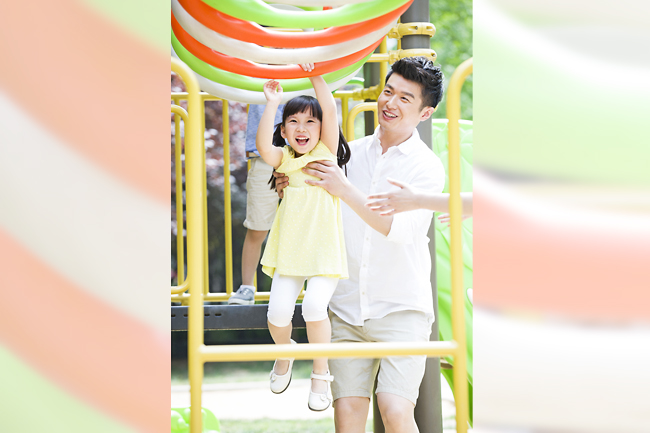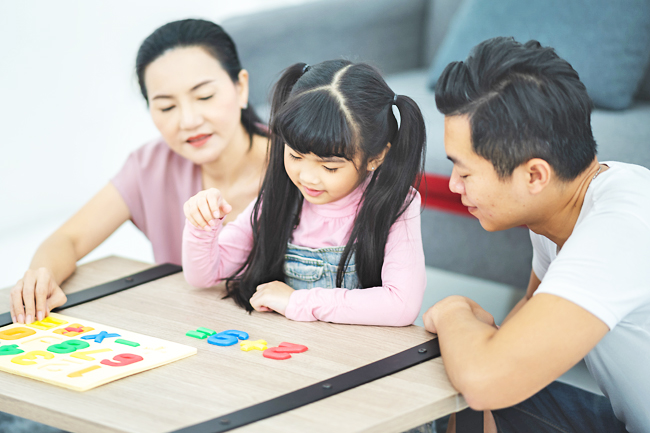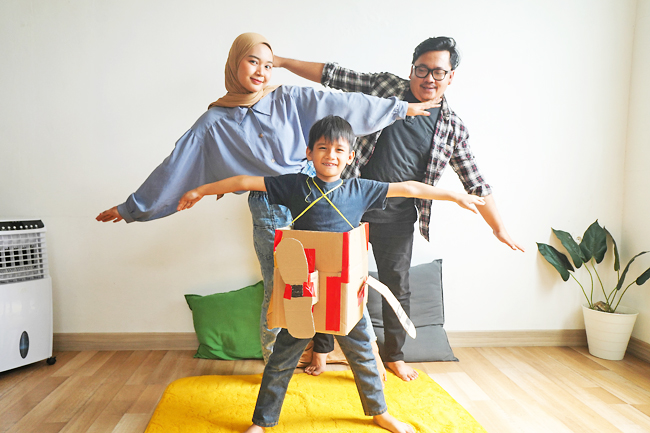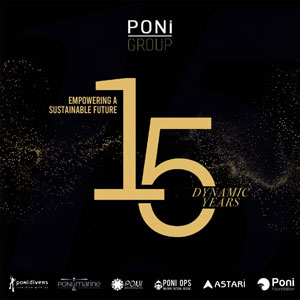ANN/THE STAR – When was the last time you truly played? Not playing sports or swiping away on Candy Crush, but sitting down to play with your children as a family?
A recent 2024 Play Well Study by The Lego Group revealed that families who prioritise playing together are often the happiest. The study also highlights that 90 per cent of children believe play is essential for learning, growth, and self-expression.
However, the research, which surveyed over 61,500 parents across 36 locations and focused on children aged five-12, revealed a concerning trend: 76 per cent of parents feel that today’s children have fewer opportunities to play compared to previous generations.
According to The Lego Group’s general manager of Singapore, Malaysia and APAC travel retail Nina Patricia Da Costa, the survey found that 79 per cent of parents say that play is not always a priority, and that children should prioritise schoolwork or homework first before playing.
“Play is most often given as a reward for children when they have achieved something, ie finishing their homework, or completing a house chore,” she explained through an email interview.
“Everyday activities such as workload (66 per cent), housework (63 per cent) and a lack of a suitable environment to play in (42 per cent) also get in the way of playing as a family.”
Also, in a world of digital devices, increased parental workload, and restricted access to appropriate spaces to play, this has undeniably affected family playtime. Parents also confess to spending nearly twice as much time on their phones and laptops as they do playing as a family while 66 per cent say heavy workload gets in the way of playtime.



In fact, two-in-five families lack access to adequate or safe spaces for playful activities, and one in five (20 per cent) families never play together.
With that in mind, the company launched the ‘Play is Your Superpower’ campaign, with a mission to bring back more play by inviting parents and children alike to unleash their creativity through the transformative power of play.
“The campaign addresses various forms of play as activities that parents currently do with their children,” Da Costa said.
“These include activities from physical activities like sports, outdoor games, rough and tumble play, family excursions, to indoor and less physical activities like quiet games (ie chess, etc), education play, arts and crafts, and gaming, amongst others.”
While getting children to ‘play more’ is important, sometimes, the issue tends to lie with the parents or the environment the child is in. Da Costa said that the campaign is aimed at letting people discover that play can happen anywhere and everywhere.
“In Malaysia, we have taken the superpower of play outdoors! In collaboration with Malaysia’s transit company, MRT Corp, we introduced an activation at the Bukit Bintang MRT station, where they can discover the possibilities of playing differently. We also transformed a few train coaches with the campaign’s touchpoints to magnify our mission to encourage play,” she said.
The local iteration of the campaign also invited Malaysians to reimagine Malaysia icons such as the Hibiscus (Bunga Raya), Rumah Kampung, and Malaysian Tapir, and more, in Lego form at these stations.
“This offers a different perspective of looking at things by young children and adults alike.
We want to bring Lego play to the public and out of the house by providing opportunities and provide avenues for parents and children alike to explore the many facets of play not just at home, but also out of it.”
All the same, as adults, it can be hard to just let loose and ‘play’, as our adult minds may not be as in tune with theirs, and ‘play’ can sometimes be a bit of a chore.
While Da Cost admits that our busy schedules often make it challenging to prioritise playtime with our kids, it can be done, especially by letting the kids lead the way.
“Sometimes, the best way to play is not to follow prompts or instructions. So when I find myself in a situation when I’ve had quite a full day, I let my kids take the lead in our playtime by letting me know what they would like to do,” she explained.
“Children often have vivid imaginations, and letting them guide the activity with their creativity can make the experience more organic. When I see the excitement and wonder on their faces, it’s hard not to get caught up in their excitement as well.
“Another playtime approach my husband and I do is asking them to tell their own storyline.
It always amazes me how imaginative they can be, how much wisdom and humour there is in their carefree hearts and minds. Children are constantly learning, and weaving in real-life experiences can help in creating a more holistic experience for the family.”
In a nutshell, Da Costa says there is no one-size-fits-all approach, as children’s thought processes are constantly evolving and they would look up to their parents for assurance and approval.
“As an extension of that, I try to strive to be 100 per cent present during playtime. By being fully engaged, even for a short period, helps one get into the spirit of play more quickly. It’s quite magical, and very often, I find myself discovering new things about myself too!” – Michael Cheang







